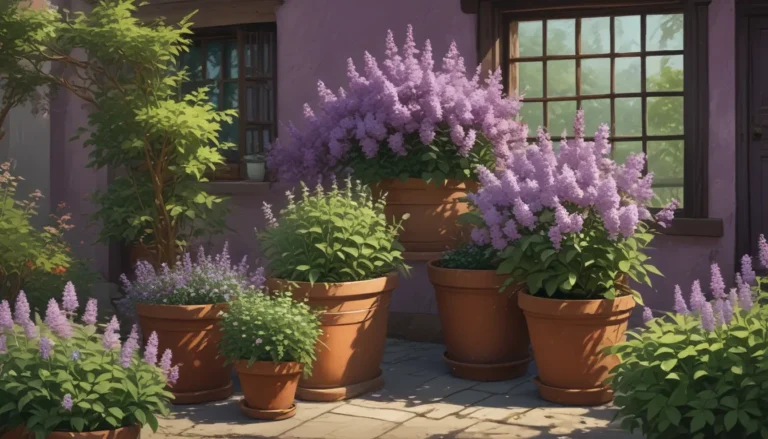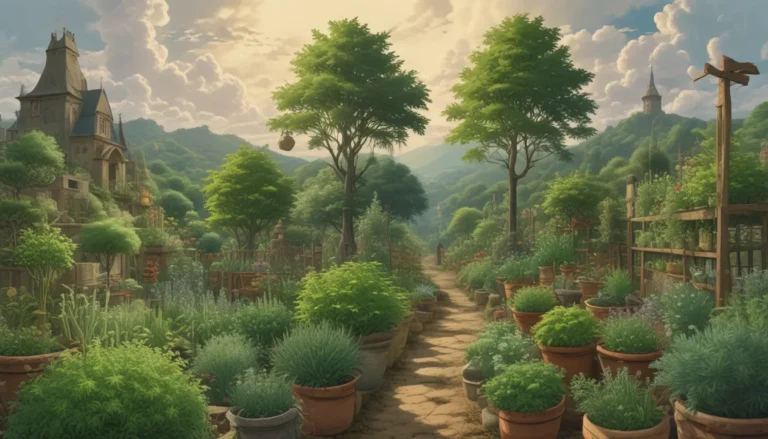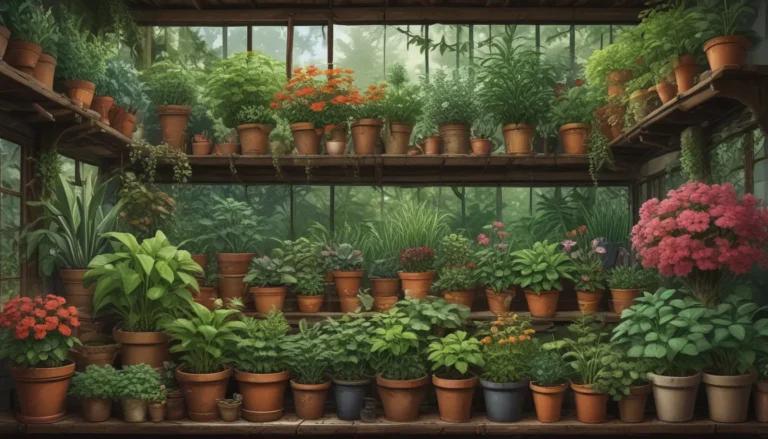A Comprehensive Guide to Growing Beautiful and Fragrant Irises

Iris spp.
Irises – the magnificent stars of early spring to midsummer gardens, add color, fragrance, and elegance to any landscape. With their colorful flowers, striking foliage, and rich history, irises are a must-have plant for any garden enthusiast. Let’s dive deeper into the world of irises and explore how you can grow these beautiful flowers in your own garden.
Irises come in a vast array of colors, ranging from blues and browns to pinks, oranges, and even yellows. The unique flowers are often adorned with contrasting beards, crests, and delicate veining, making them a sight to behold. Additionally, irises produce a sweet fragrance akin to violets, making them not only visually appealing but also delightful to the senses.
These plants are not just a feast for the eyes and nose – they also attract important pollinators like bees, butterflies, and hummingbirds, adding biodiversity to your garden ecosystem. Their gnarly rhizomes are both beautiful and functional, making them a great choice for erosion control on slopes.
If you’re considering adding irises to your garden, read on to discover everything you need to know about growing these stunning plants.
What You’ll Learn:
- What Are Irises?
- Cultivation and History
- Propagation
- How to Grow
- Growing Tips
- Pruning and Maintenance
- Cultivars to Select
- Managing Pests and Disease
- Best Uses
- Quick Reference Growing Guide
What Are Irises?
Irises, belonging to the Iridaceae family, are hardy herbaceous perennials known for their colorful and fragrant flowers. These plants are classified as either bulbous or rhizomatous, with the latter being more popular among gardeners. Rhizomatous irises produce thick, fleshy rhizomes that spread and multiply readily, forming attractive clumps over time.
Native to temperate regions of Asia, Europe, and North America, irises can be found in a variety of settings, from arid regions to bogs and riverbanks. The elaborate flowers of irises consist of three outer petals called “falls” and three inner petals known as “standards,” creating a stunning visual display.
With over 300 species and hundreds of cultivars, irises are loosely grouped into early, mid, and late-season varieties, each offering its unique charm. Irises also come in three different sizes, ranging from dwarf varieties that grow six to 12 inches tall to tall ones that can reach heights of 24 to 48 inches.
Cultivation and History
The name “Iris” pays homage to the goddess who, in Greek mythology, acted as a messenger between the gods and humanity by traveling along a rainbow. The iris flower symbolizes her connection with the divine and has been immortalized in various artworks throughout history.
From ancient Greek mythology to the royalty of Egypt and France, irises have captured the hearts of many civilizations. Native to various regions worldwide, irises have a rich history dating back centuries.
In addition to their ornamental value, irises also hold practical significance. The orris root, derived from certain iris species, is widely used in perfumery, cooking, and even gin distillation.
Propagation
If you want to propagate irises, rhizome division is the best method for ensuring flowers the following year. Seed propagation is also an option, but it may take longer for flowers to appear, and seeds from hybrid varieties may not grow true to the parent plant.
When dividing rhizomes, ensure you select healthy pieces and discard any that show signs of damage or disease. Dusting cut pieces with a powdered fungicide can help prevent infections.
For seed propagation, sow seeds outdoors in autumn or start them indoors in a cold environment before moving them to a warmer location for germination.
How to Grow
Growing irises successfully requires a sunny spot with well-draining soil and ample spacing between plants. Rhizomatous irises prefer full sun and humus-enriched soil with a pH of around 6.8.
When planting, ensure the rhizomes are exposed to air and sunlight, as excess moisture can cause them to rot. Mulch lightly to keep weeds down and roots moist, but avoid covering the rhizome tops.
Key Growing Tips:
- Give plants a sunny spot in well-draining soil.
- Provide ample spacing when planting tall bearded varieties.
- Use mulch sparingly and expose rhizome tops to the sun.
- Prune back foliage in fall to deter pests and ensure healthy growth.
Remember to fertilize plants in early spring and after flowering to promote healthy growth and vibrant blooms.
Pruning and Maintenance
To ensure healthy growth and prevent overcrowding, divide iris clumps every three to five years. Deadheading seed pods and pruning back foliage in fall will help preserve the health of your plants.
Applying a low nitrogen or balanced fertilizer and removing dead foliage can help maintain the health and vibrancy of your irises throughout the year.
Cultivars to Select
With hundreds of species and over 500 cultivars to choose from, selecting the right irises for your garden can be overwhelming. Popular choices include:
- Albovariegata: Variegated sweet iris with lavender blue flowers and variegated foliage.
- Beverly Sills: Flamingo pink flowers with a tangerine beard, perfect for adding elegance to any garden.
- Harvest of Memories: Reblooming bearded cultivar with fragrant yellow flowers.
- Sugar Rush: Bicolored cultivar with blue and pink flowers, ideal for moist soil conditions.
- Water Iris: Native North American irises with blue to purple flowers, perfect for wet areas.
Managing Pests and Disease
While irises are generally resistant to pests and diseases, there are a few common issues to watch out for. These include aphids, borers, caterpillars, and fungal infections like soft rot and leaf spot.
Regularly inspect your plants for signs of pests or disease, and take appropriate measures to control and prevent further damage. Maintaining good garden hygiene and promptly addressing any issues can help keep your irises healthy and thriving.
Best Uses
Irises are incredibly versatile plants that can be used in various garden settings. Whether massed in flower beds, used as border plants, or grown in containers, irises add color and elegance to any landscape. Consider planting them along pathways, near water features, or in mixed perennial beds to enjoy their beauty and fragrance.
In Conclusion:
Irises are a gardener’s delight, offering vibrant colors, sweet scents, and elegant blooms that enhance any garden. By following the tips outlined in this guide, you can successfully grow and care for these beautiful plants in your own outdoor space.
For more information on growing irises and other early spring to midsummer bloomers, stay tuned for more informative articles and guides. Feel free to share your experiences and gardening tips in the comments section below – we’d love to hear from you!
Remember, with proper care and attention, your irises can thrive and bring beauty to your garden for years to come. So get out there, enjoy the process, and watch your irises bloom in all their glory!





